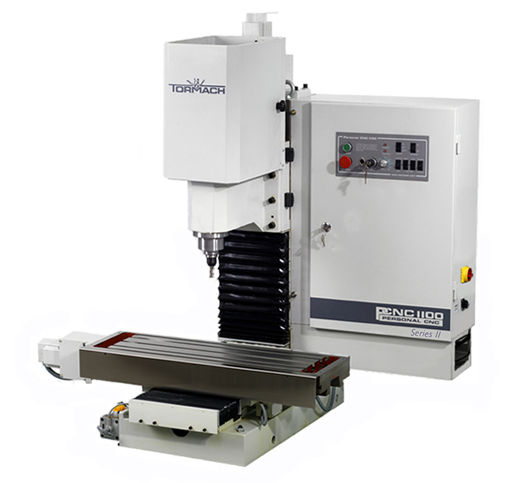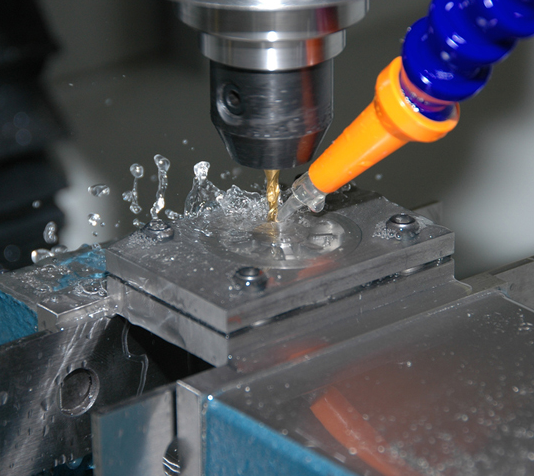Your own CNC mill
Most institutions have their own workshops that will machine parts for researchers, but these workshops are of varying quality and capacity. Often researches will become frustrated by their local workshop estimating delivery times on geological time scales. This can inspire the fantasy of owning your own CNC mill. But do you really want one? And if so, which one?
The answer to the first question is, “No, you probably don’t want your own CNC mill.” Let me enumerate why:
- They’re big, heavy pieces of equipment and labs typically don’t have the space to spare.
- They need regular maintenance and a lot of additional equipment (bits, mills, vices, fluid systems, etc.) that is expensive and takes up a lot of space.
- They’re not printers. It is easy to underestimate the amount of expertise that goes into operating a CNC mill. You can’t simply draw something in a CAD program, send it over USB to the CNC mill, bolt down a block of billet, and hit “go”. Tooling paths have to computed, bits have to be changed, the process will probably need to be broken down into steps with multiple repositionings, a jig may be need to be made– in short: it’s complicated. And as a scientist, you should spend your time doing experiments, not machining.
The answer to the second question is, “Okay, maybe something small.” Despite what I said above, it can make sense to have some limited machining capability in your lab. Here are some options to consider.
Consider a manual mill
A small, manual vertical mill (a drill press with precisely measured x-y-z positioning) is something that people can learn to use very quickly. You can modify pieces of equipment and optomechanics using end mills, drill extra holes, make simple adapters, and countless other simple jobs. If you do a lot of this type of work and already have a fairly extensive workshop area, then a small mill might be a wise investment. Look for mills that are very rigid, in particular, they should have a very thick dovetail vertical stem. You’ll want to avoid flimsy designs.
Be cautious of cheap CNC mills
They’re unlikely to be very useful in the long run. They won’t be big and heavy enough to machine precisely, and even if they can cut metal, it will take them forever and a day to do so. Ditto for CNC mill kits, which are time consuming products better suited for hobbyists. These things may look great on paper, but the performance you achieve may differ dramatically. They’ll work great on some projects, but are unlikely to be general purpose enough.
Big time
The absolute biggest thing I’d recommend, and the only CNC solution I’d recommend, is a Tormach or something like it. It’s big and heavy enough to be precise and useful, but still small enough to fit comfortably into a large laboratory space (1500+ square feet). But you’ll still need to justify the use of space by using it regularly. If you have one fabrication-happy postdoc for 3 years and then it just takes up space for the next 10 before you finally get rid of it, then it could be a liability. And all the usual caveats still apply: it requires training, maintenance, and a lot of support equipment. If your whole game is building robots, and you employ a full-time machinist, then it could be a good way to go. But this solution is really too much for the vast majority of labs.



[…] For modifying parts, and making simple parts from scratch. This was covered in more detail in a previous post. […]